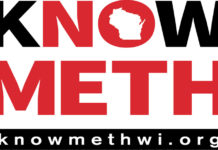CM in their treatment programs.
Overall, the benefits and outcomes of CM were dependent on whether a patient had entered treatment with a positive or negative initial urine drug test. Those who tested negative for drugs at intake showed reduced drug use throughout their treatment program but were generally unaffected by the addition of CM. However, patients who entered a substance abuse treatment program with a positive drug test showed a marked improvement in maintaining abstinence when high-incentive prize-based CM was incorporated into their treatment, compared to those who did not receive CM.
It is important to note that incoming patients should not be made aware that positive initial drug tests may lead to high-level incentives and access to prizes throughout their treatment program, researchers stated.
Adoption is currently underway in health care systems including the U.S. Veterans Affairs Health Care System and the U.K. National Health Service. Increased adoption of CM intervention programs could provide additional data on the effectiveness of this emerging form of addiction treatment.
















